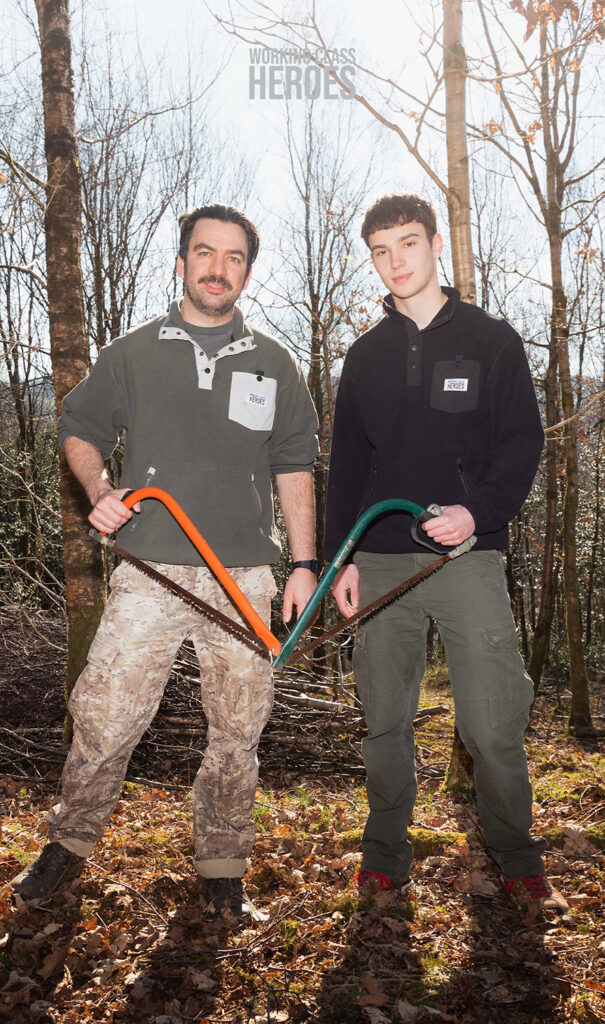
Spring is here and the team is once again back in the woods. This week we were tasked with doing a bit of Spring cleaning, we finished what we started last time and got a few other jobs under our belts too.
The first task of the day was to finish the coppice work we were doing last time (read more about why we’re doing this), our goal here was to finish cutting up the trees the Coppice Co-op felled for us and take the logs to one of two designated piles to be taken away at a later date.
Any brash that was cleaned from these logs were put into brash piles which are ideal nesting sites for birds and other animals and insects.
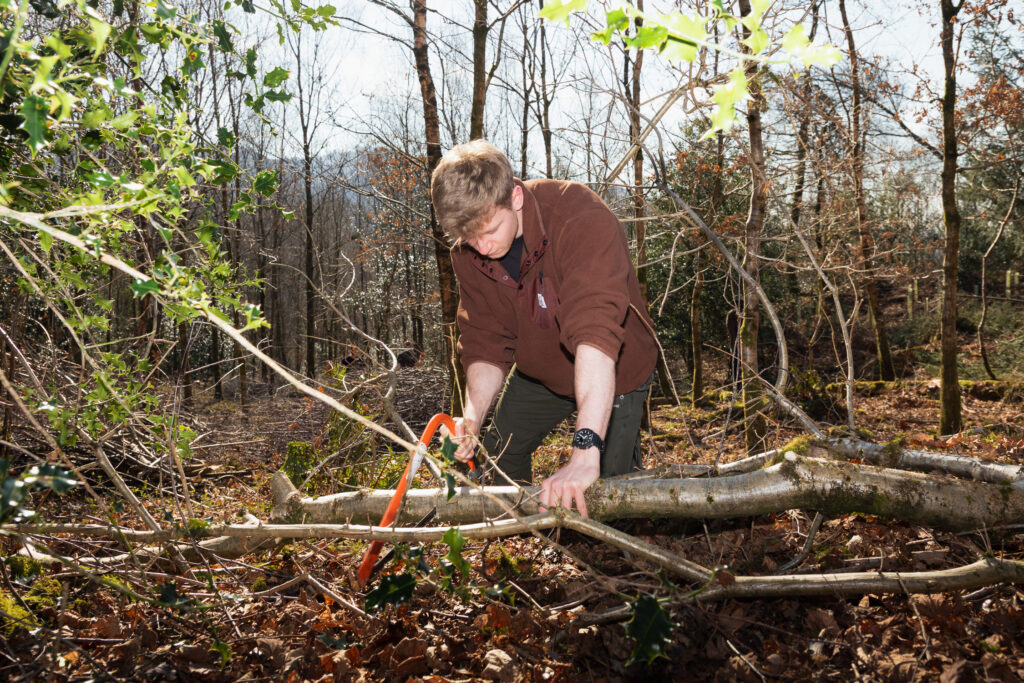
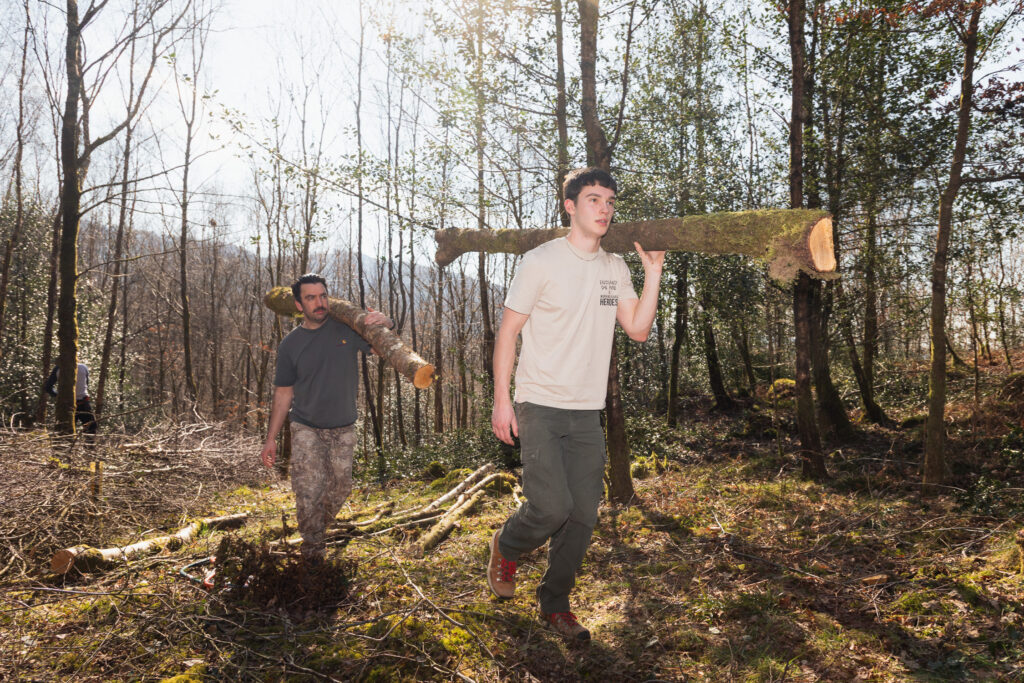
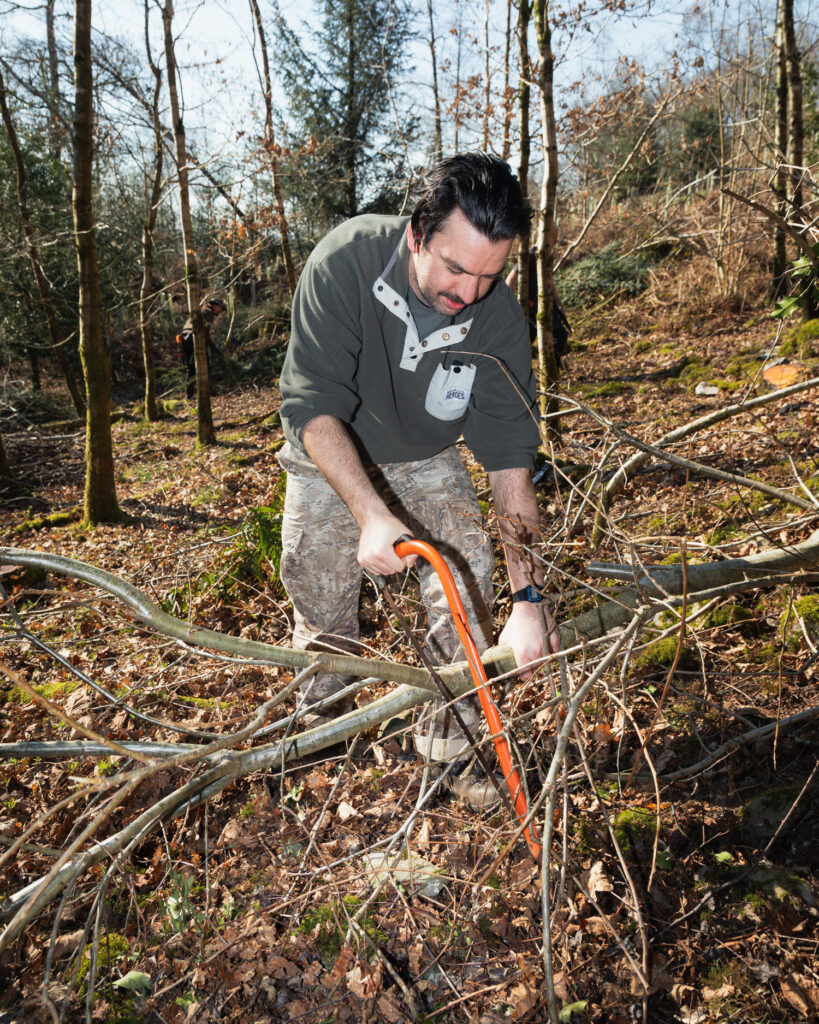
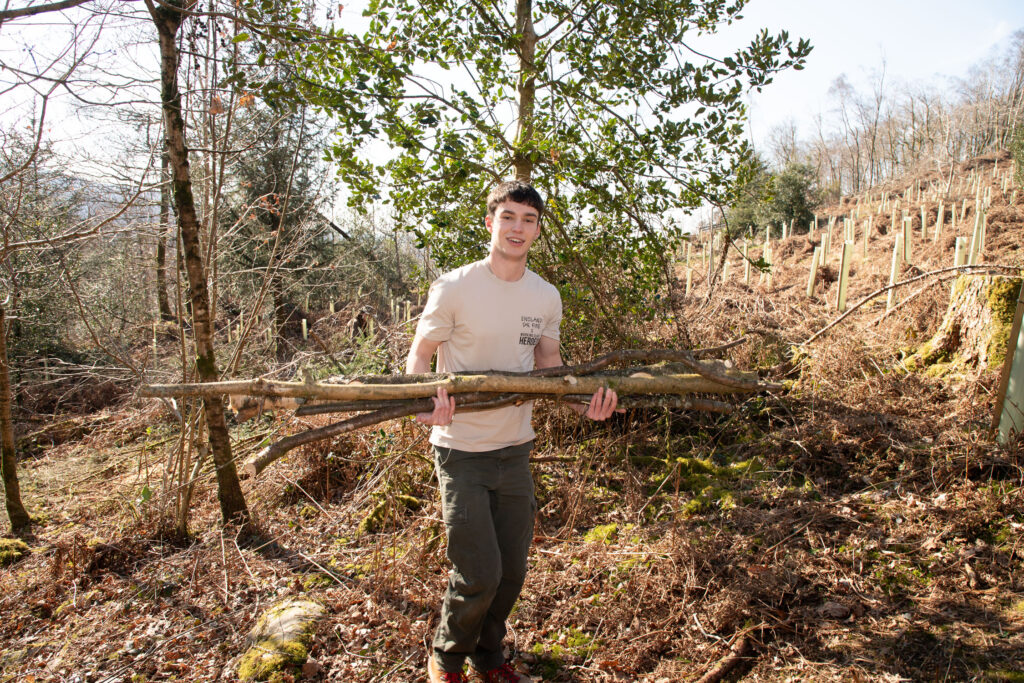
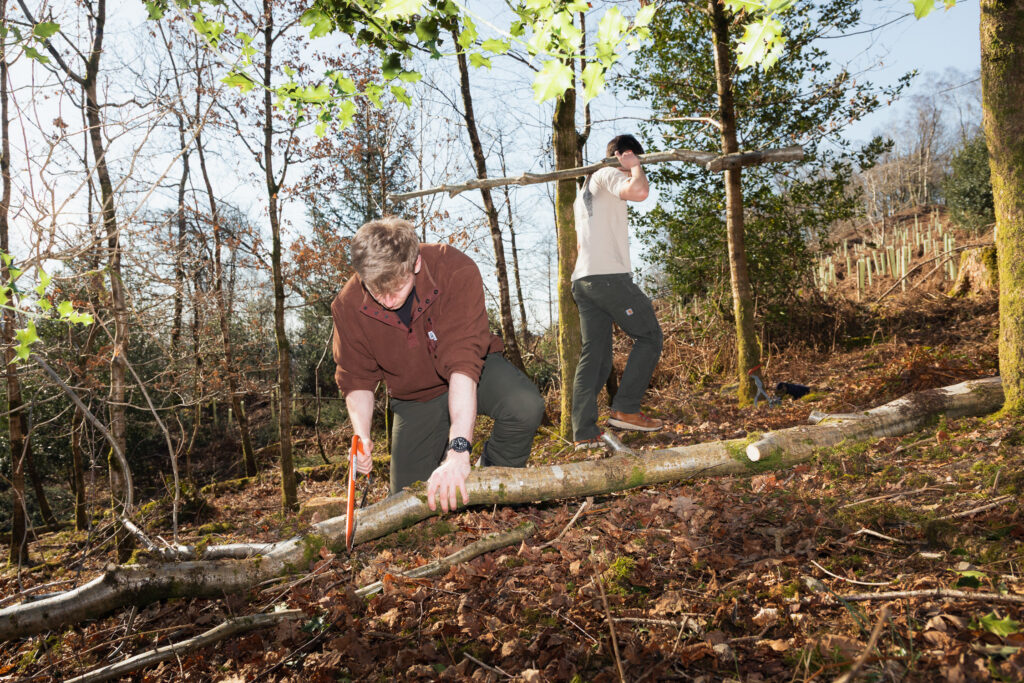
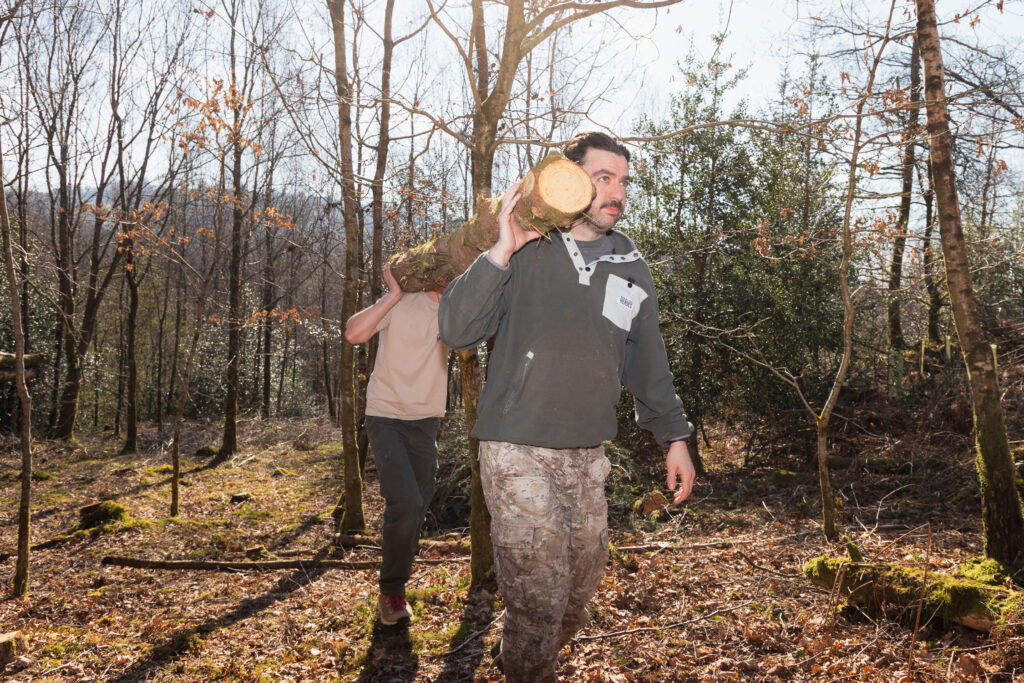
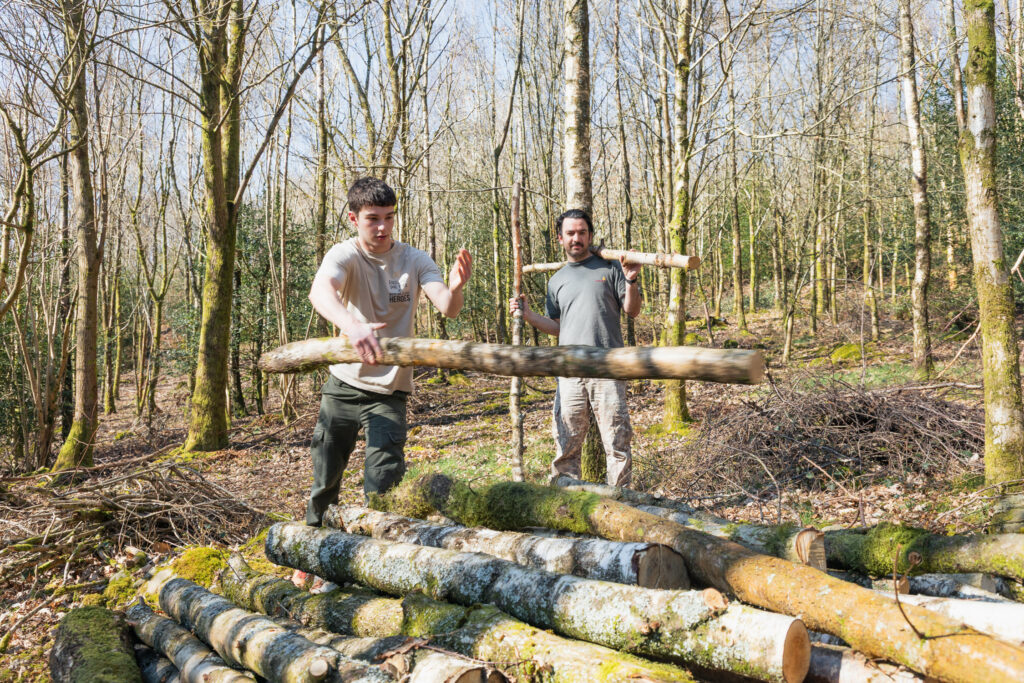
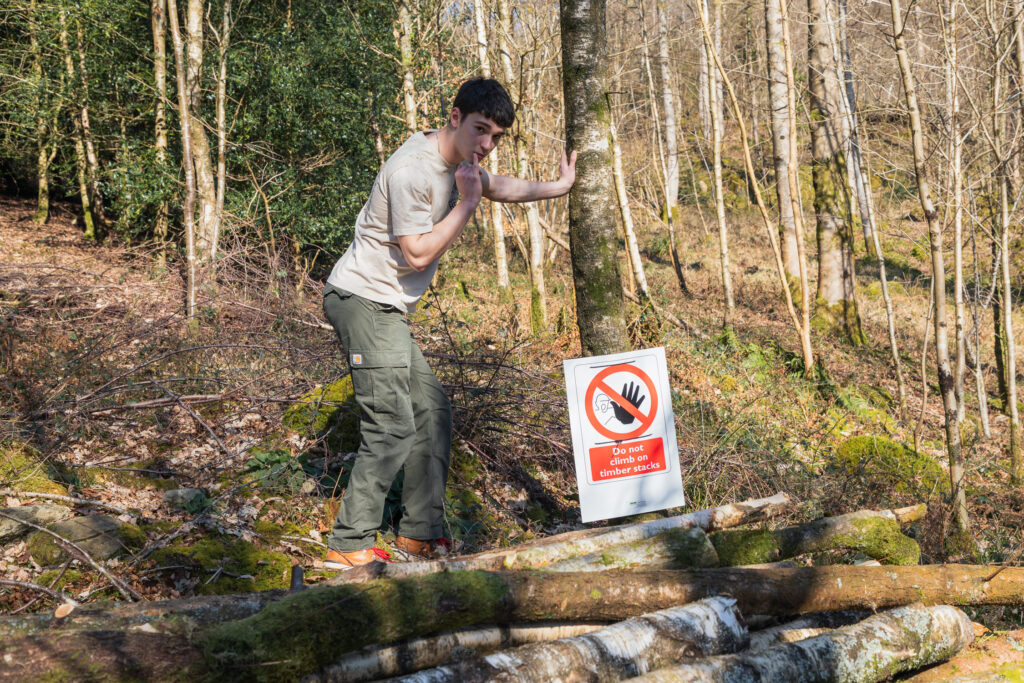
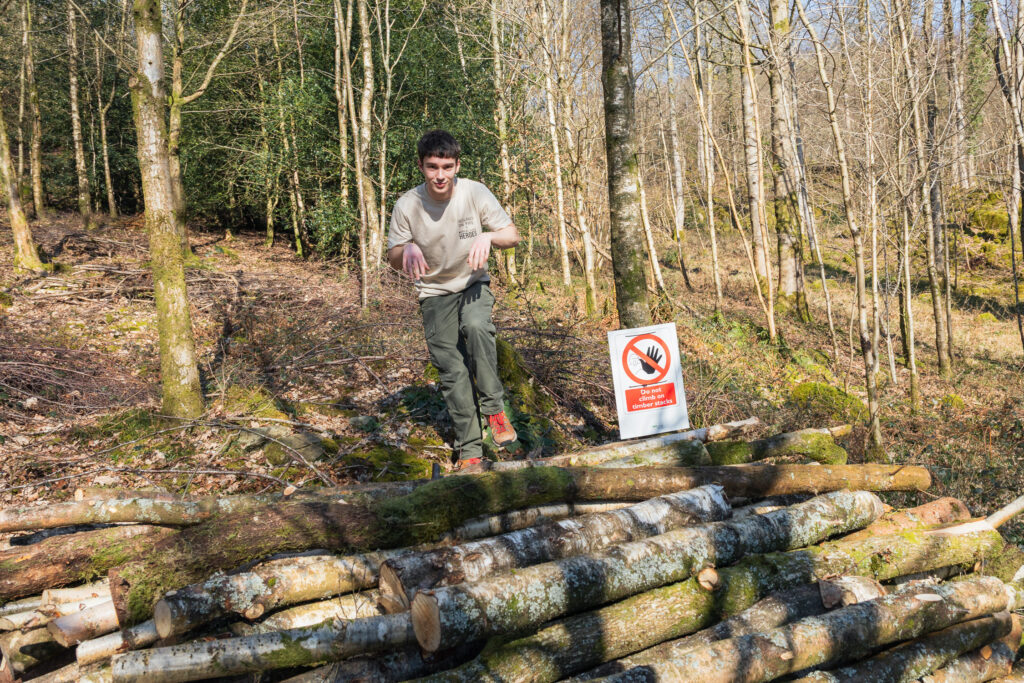
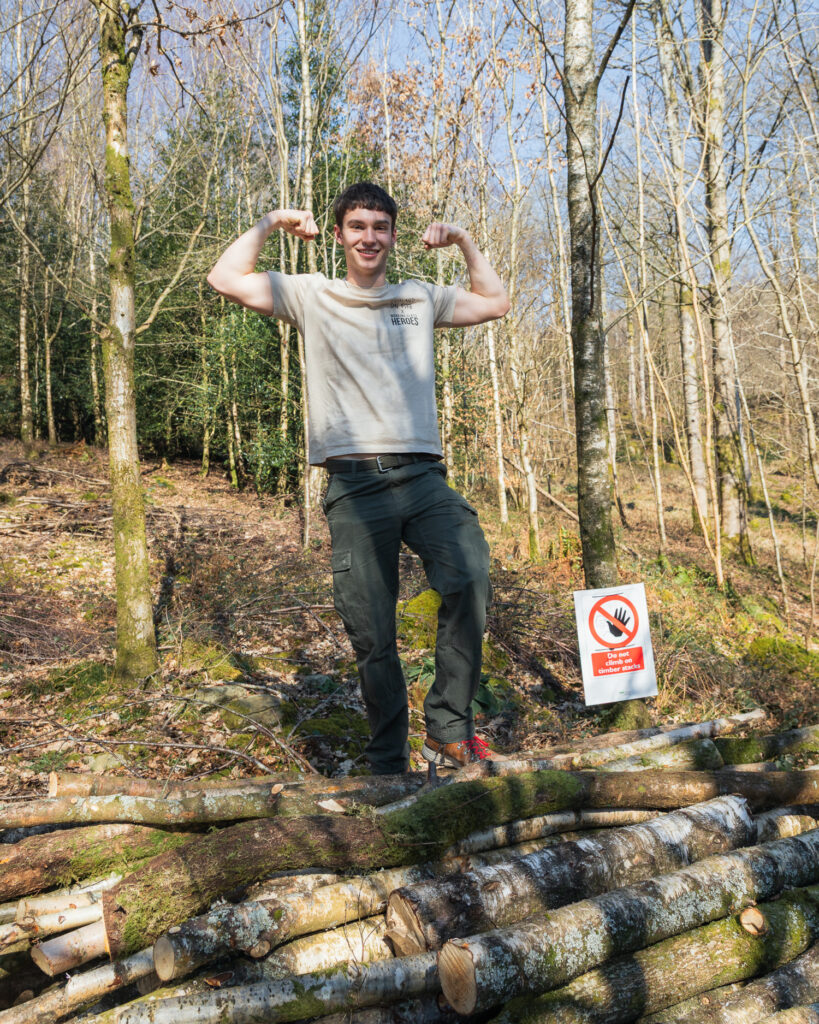
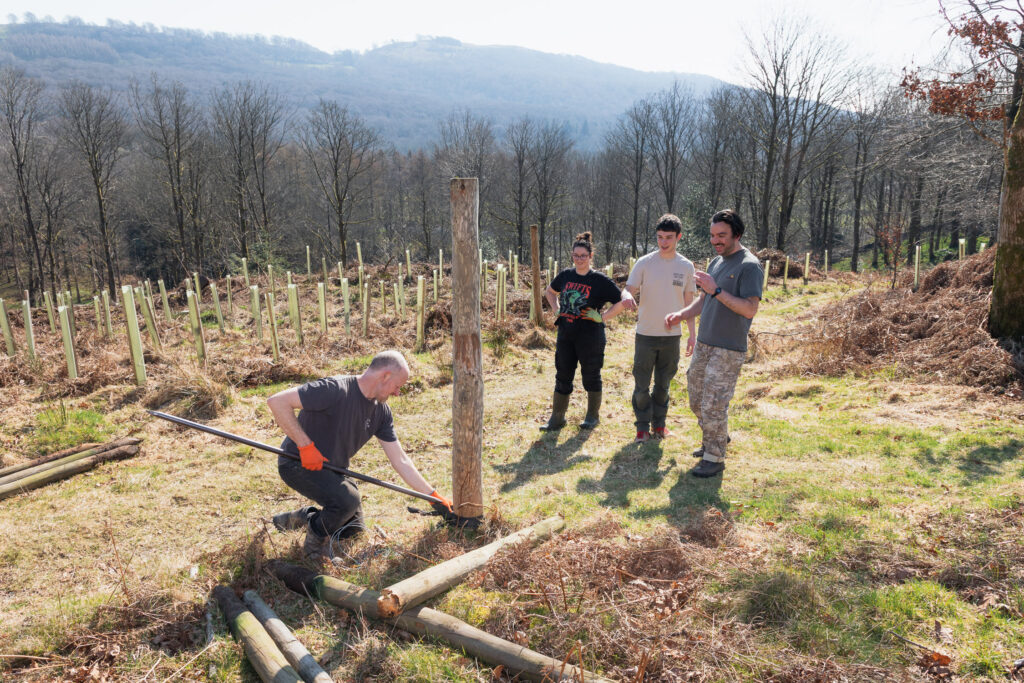
Our second task of the day was to remove these fence posts we put in a number of years ago. The original point of these fences was to keep deer and other species out of this area which in turn allowed our tree saplings and other species of plants to flourish. A larger perimeter fence has now been erected around this area which means these posts are no longer needed.
The wire had already been removed so all there was to do was wiggle and lift these posts from the ground, some were tougher than others and required a bit of effort but we got there in the end with the help of the folks from Cumbria Woodlands.
These fence posts will be reused to help repair and build new fences around other areas of the woodland to keep it protected.Check out the last time we helped put fences up WCH Blog
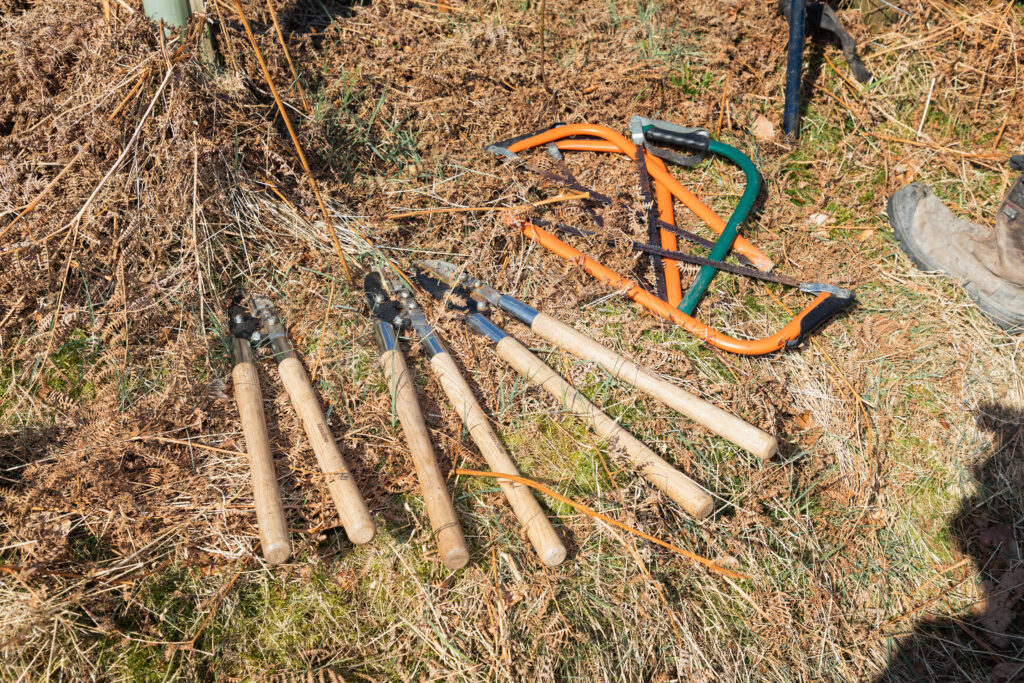
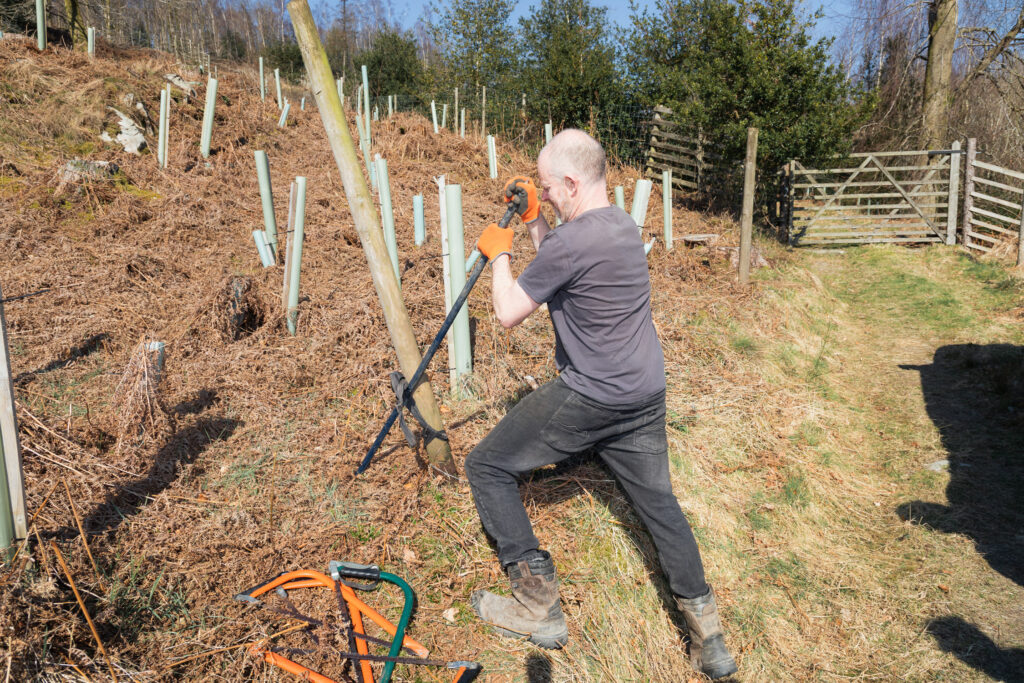
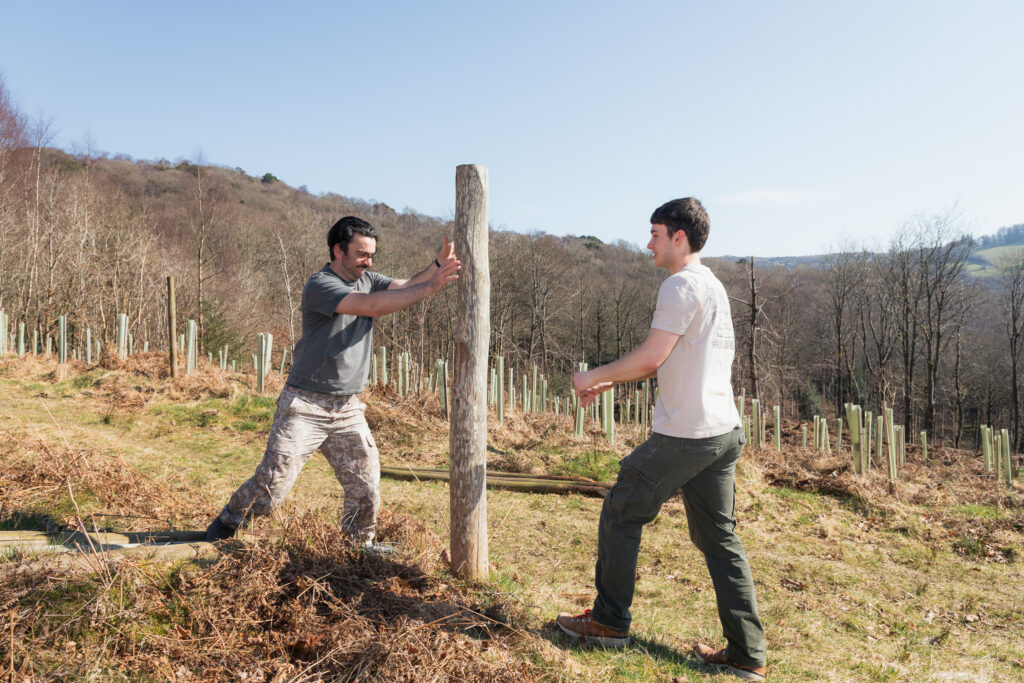
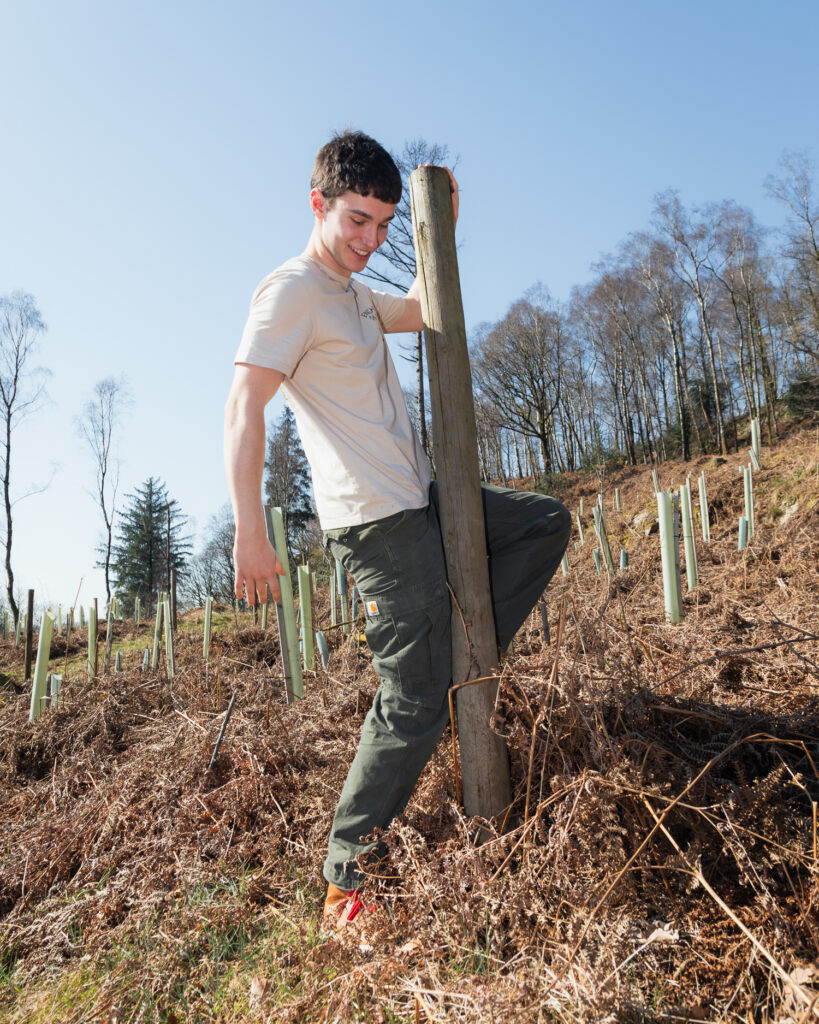
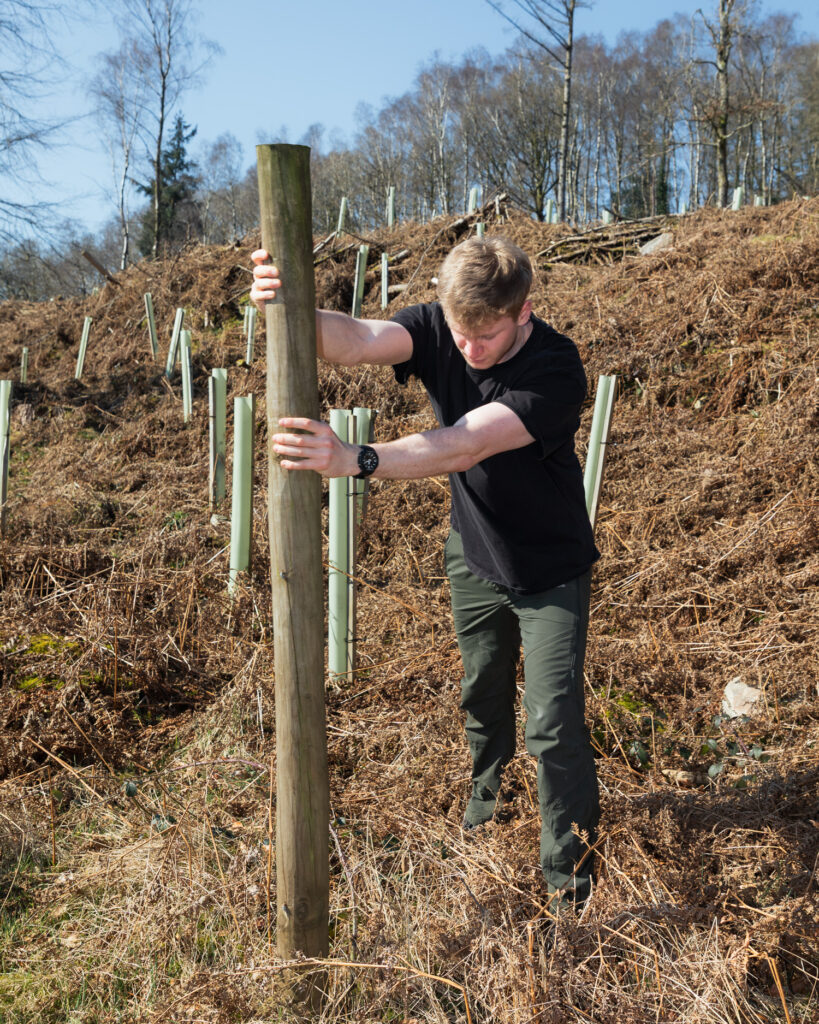
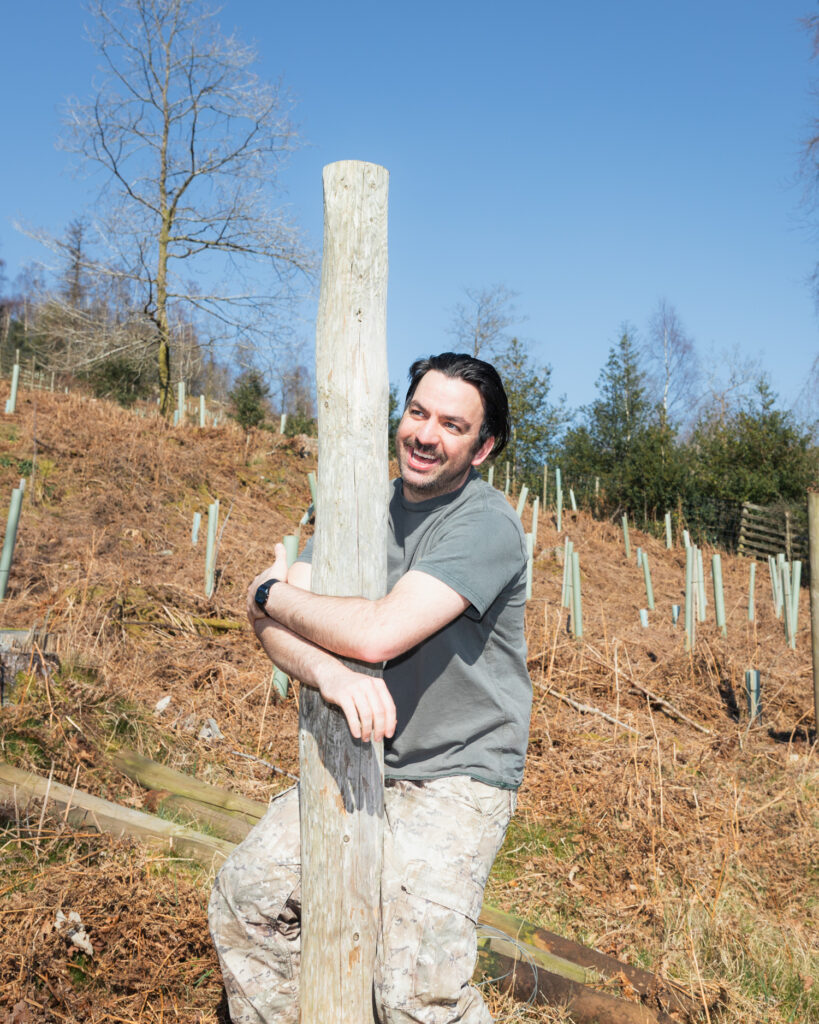
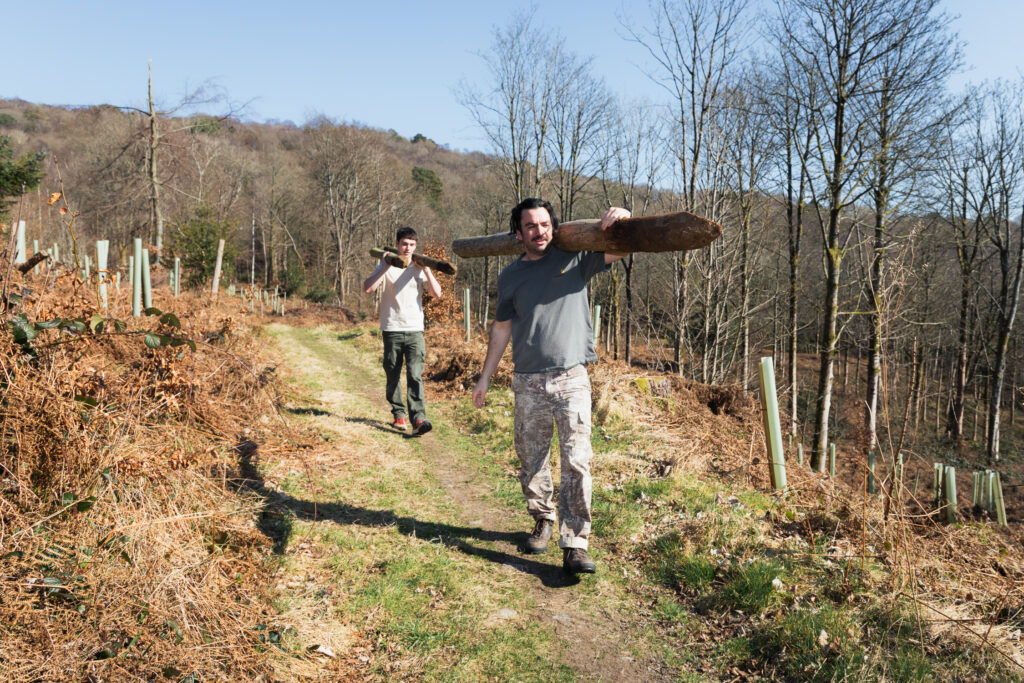
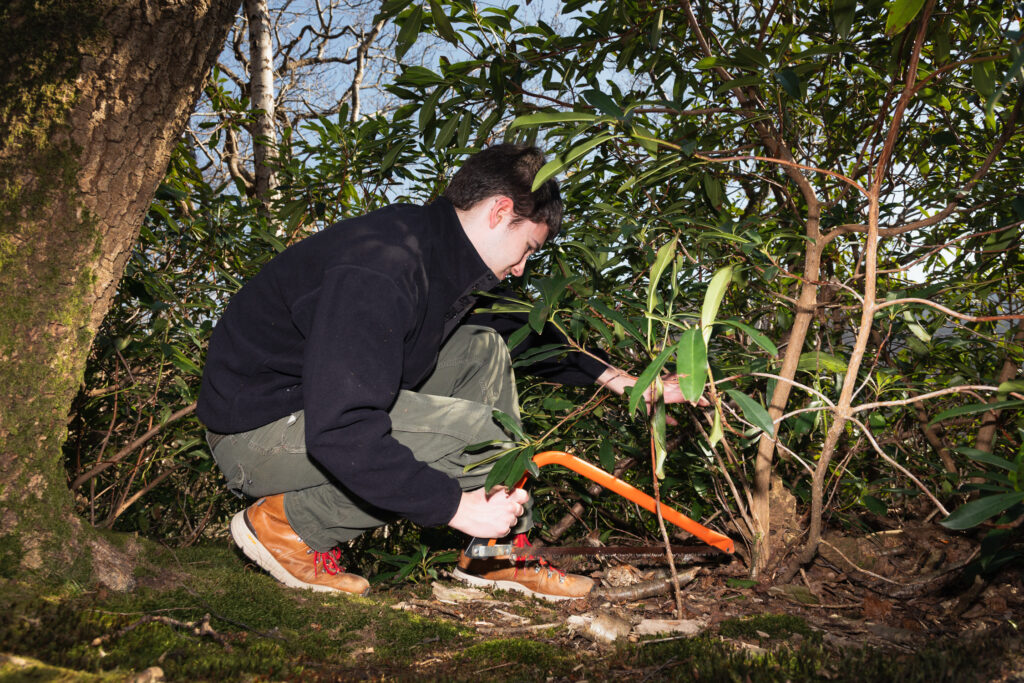
The third and final task of the day was to tackle some Rhododendron. This is one of most damaging plants affecting our woodlands here in the UK, Rhododendron is an invasive species first introduced to the UK by the Victorians in the late 18th Century. It’s a native plant throughout Asia but can wreak havoc in our woods.
This is a plant that can spread through the woods below the canopy growing up to 10 meters high, the thick evergreen foliage can smother native plants and its roots produce a mixture of toxic chemicals including cyanide that poisons the ground. The ground cover and toxic chemicals it produces means that eventually nothing is left besides Rhododendron to the detriment of the wildlife in the woodlands.
You can eliminate rhododendron a few different ways, depending on its size you can use herbicide on it, cut the plant back to the roots or completely pull it from the ground altogether. We opted to try to get as much of the plant out as we could by pulling what we could from the ground and taking the plant all the way to the roots where we couldn’t.
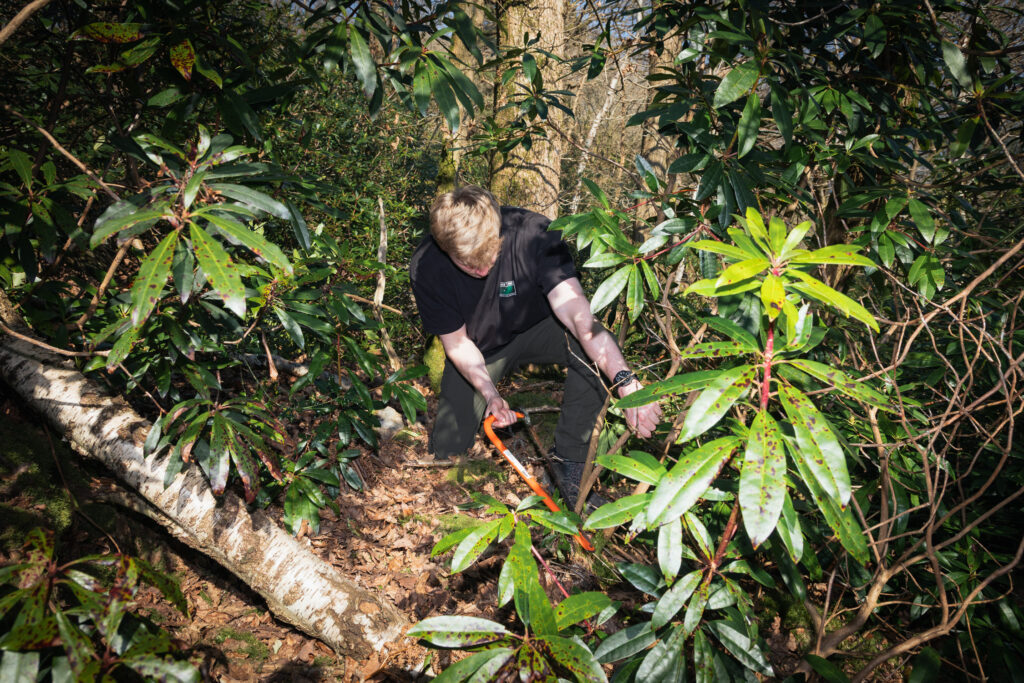
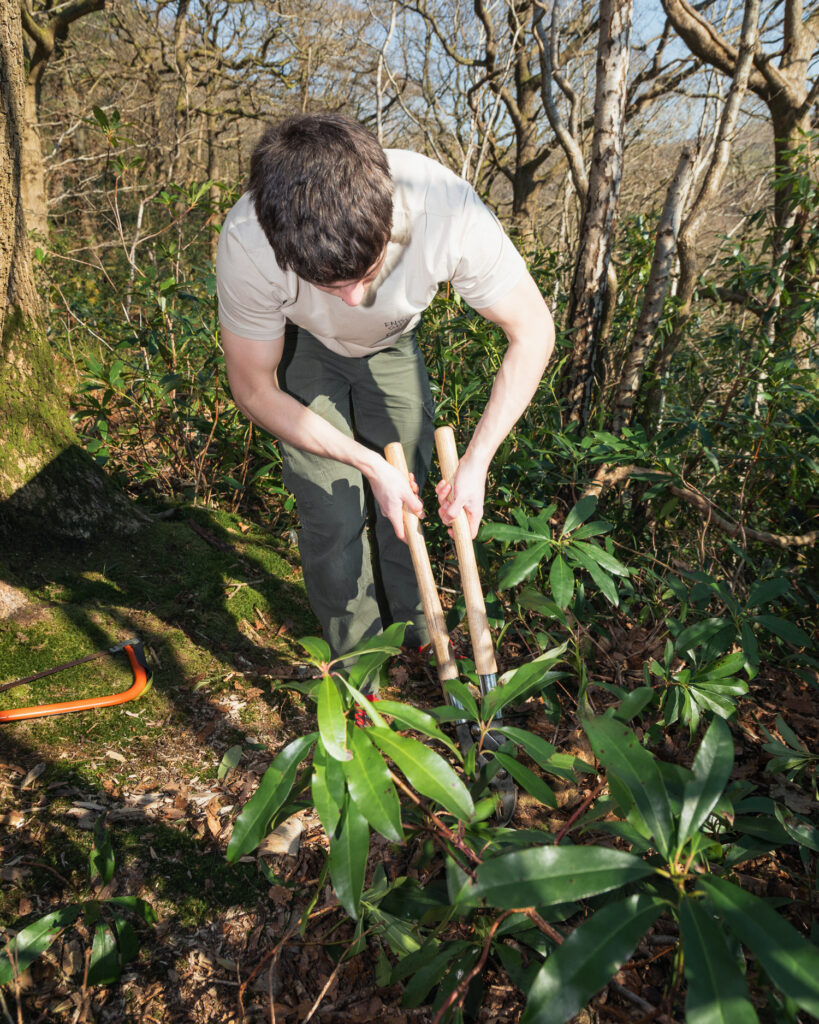
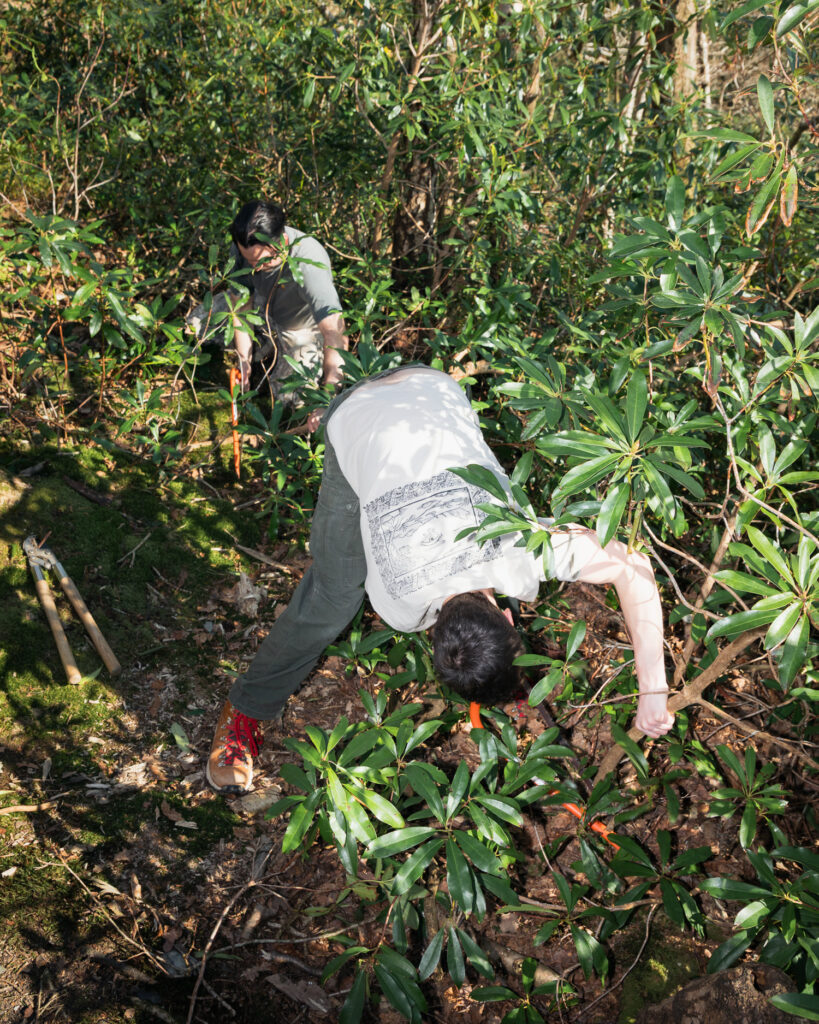
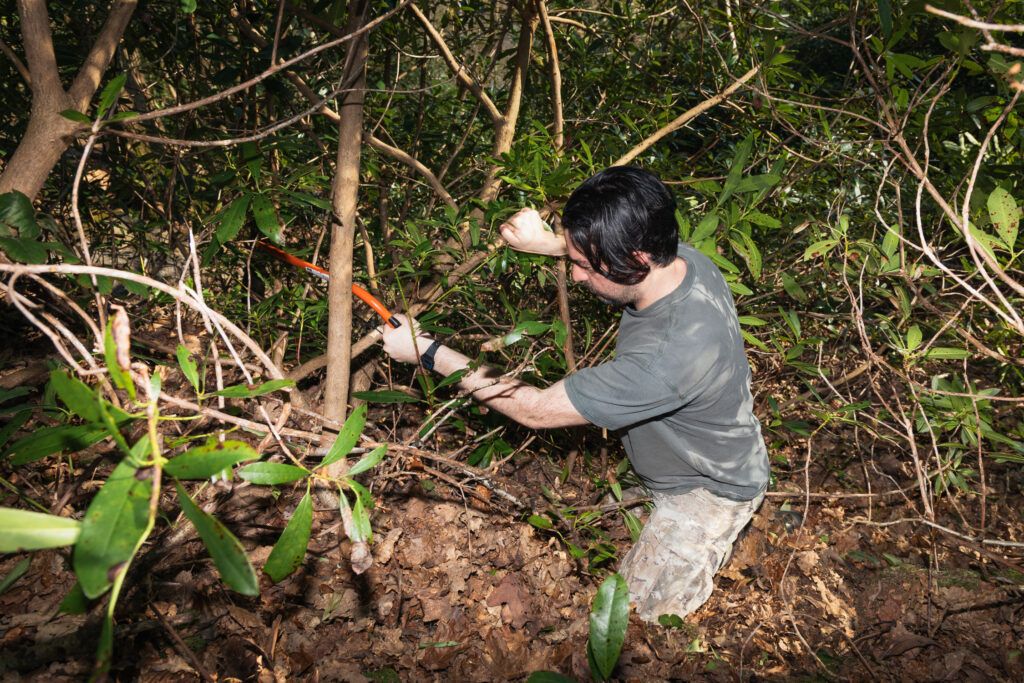
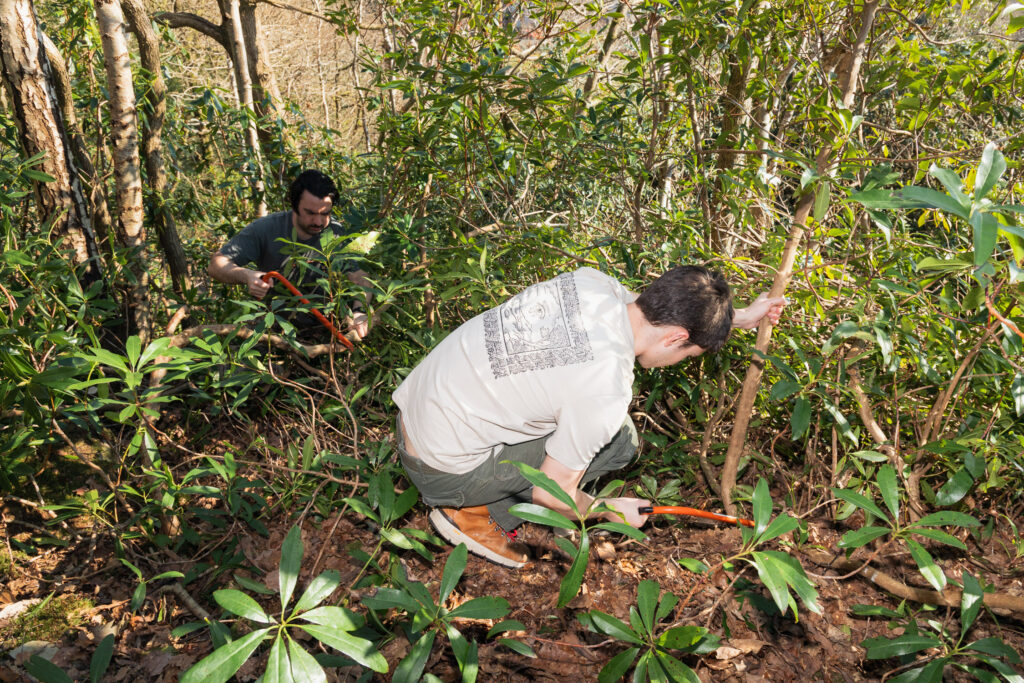
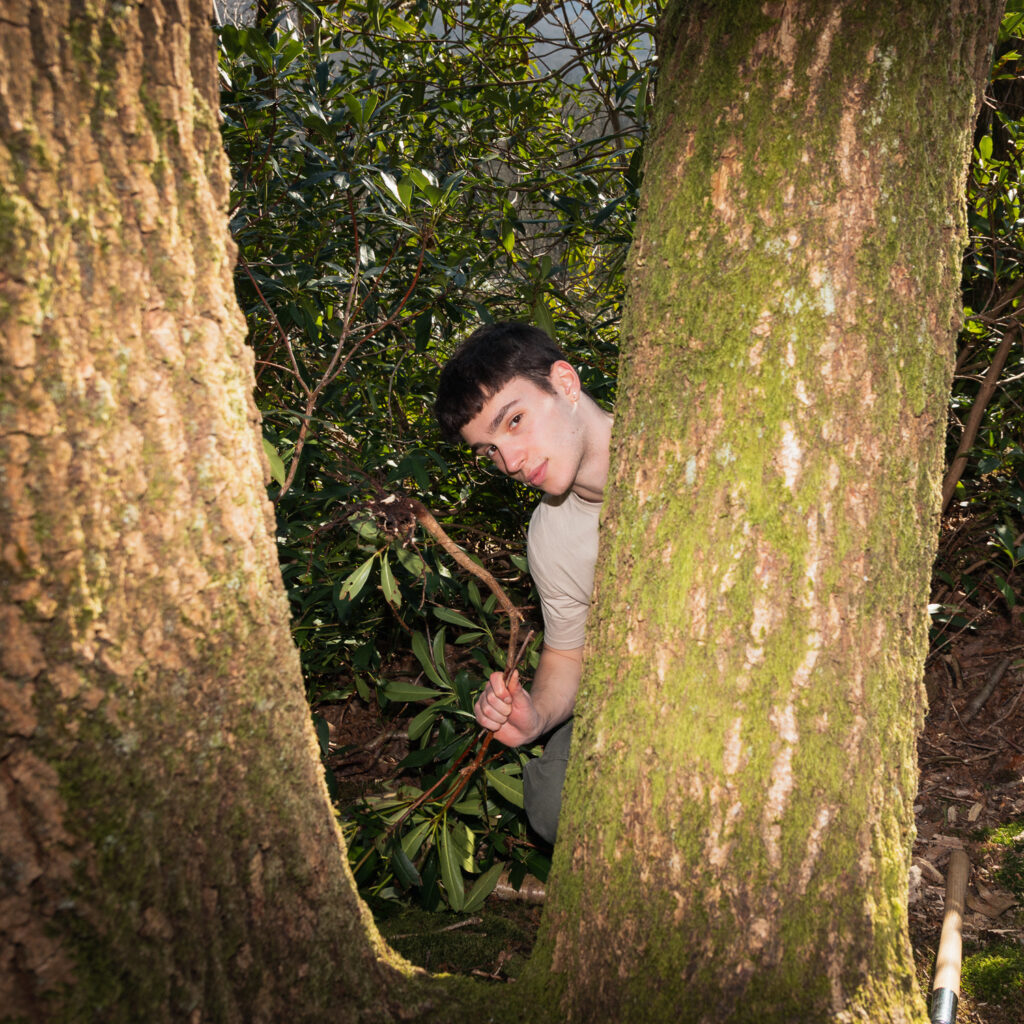
Another successful day out in the woods.












